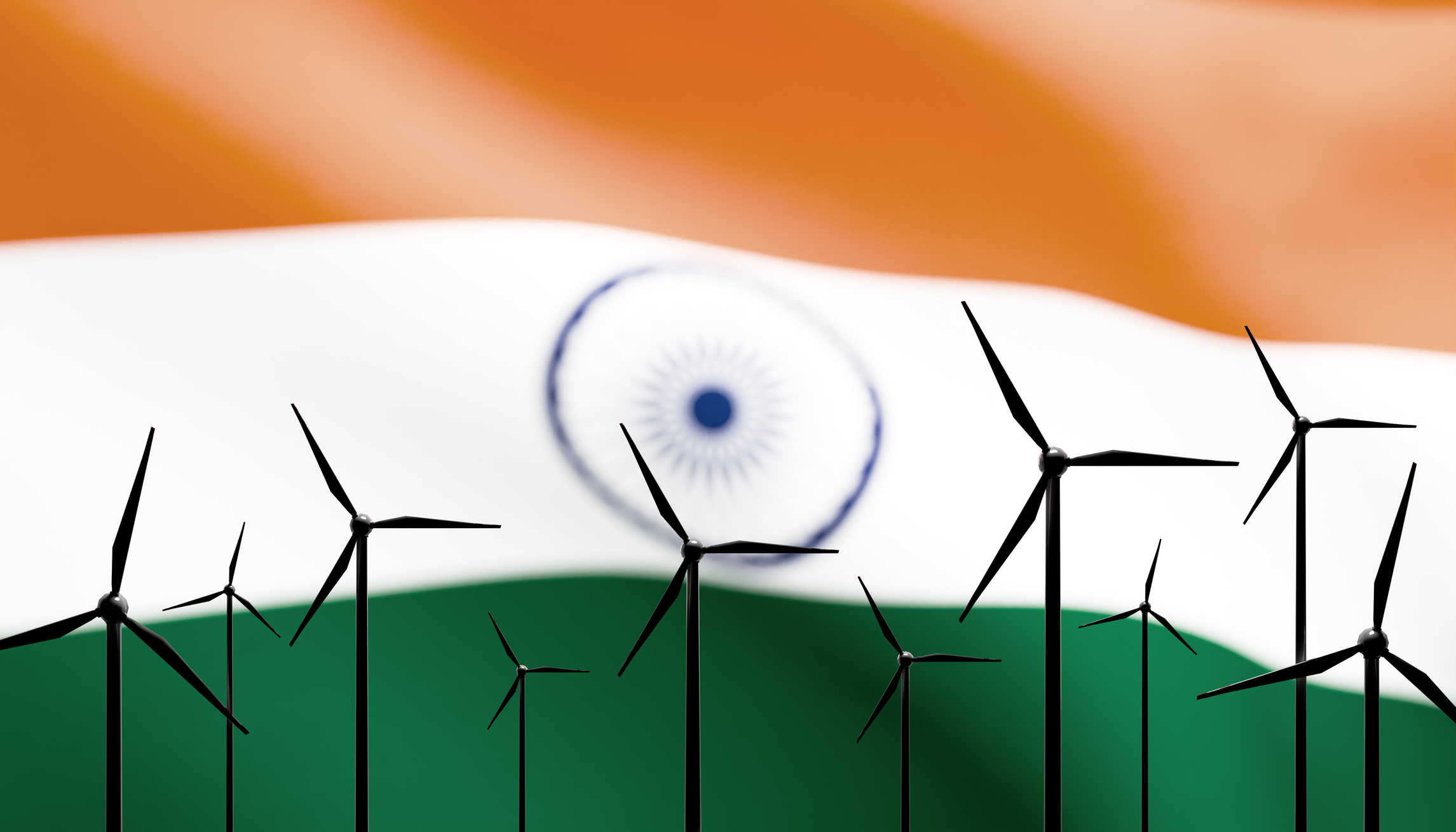India’s renewable energy journey is entering a new phase, one defined not just by the pace of expansion but by the strength and stability of its systems. After a decade of record capacity addition, the focus is now on building a resilient, dispatchable and future-ready clean energy architecture to meet the goal of 500 GW of non-fossil capacity by 2030.
According to the Ministry of New and Renewable Energy (MNRE), India’s renewable growth story continues to be among the fastest in the world. The country’s approach is evolving from speed to system strength, from quantity to quality, and from rapid expansion to sustainable integration.
Over the past decade, India’s renewable capacity has grown more than fivefold — from under 35 GW in 2014 to over 197 GW today, excluding large hydro. The next phase of this journey, however, is about ensuring that this capacity can be efficiently integrated and absorbed into the national grid. The focus has shifted towards improving grid integration, energy storage, hybridisation, and power market reforms — the core elements needed for a robust 500 GW-plus non-fossil energy future.
Currently, over 40 GW of renewable energy projects are in advanced stages of securing power purchase agreements, transmission connectivity, or other clearances, highlighting a strong pipeline of investment. However, the pace of renewable growth has outstripped that of grid and contractual systems, prompting a need to strengthen the institutional framework.
The government is giving priority to enforcing Renewable Purchase Obligations, upgrading transmission infrastructure, and adopting advanced technologies for grid management. Central Renewable Energy Implementing Agencies (REIAs) have issued bids for 5.6 GW of capacity so far this year, while state agencies have added 3.5 MW through their own initiatives. Commercial and industrial consumers are also expected to contribute nearly 6 GW of capacity in 2025, reflecting a multi-pathway growth approach beyond REIA-led bids, the statement said.
Despite challenges such as supply-chain disruptions and global price fluctuations, India continues to add 15–25 GW of renewable capacity annually, maintaining its position among the world’s fastest-growing clean energy markets.
In recent years, policy direction has shifted from rapid expansion to strengthening system design. New tenders now include energy storage and round-the-clock green power, supporting the shift to firm and dispatchable renewable energy. Battery Energy Storage Systems are being deployed at both project and grid levels, while domestic manufacturing is being boosted through the Production-Linked Incentive (PLI) scheme and other policy measures that promote self-reliance and industrial depth.
Reforms such as recalibration of GST structures and updates to the Approved List of Models and Manufacturers (ALMM) are helping stabilise costs, enhance reliability, and strengthen India’s solar manufacturing ecosystem. Battery storage is also gaining traction through viability gap–funded projects and emerging storage obligations, laying the groundwork for a dependable renewable power system.
Transmission is emerging as a key enabler for the next phase of renewable expansion. The government’s ₹2.4 lakh crore transmission plan for 500 GW aims to connect renewable-rich regions like Rajasthan, Gujarat, and Ladakh with demand centres across the country. This initiative, along with the Green Energy Corridors and upcoming HVDC lines, is expected to unlock over 200 GW of renewable capacity in the coming years.
Inter-regional transmission capacity is set to rise from 120 GW at present to 143 GW by 2027, and 168 GW by 2032. Amendments to the CERC General Network Access Regulations, 2025, have also improved transmission readiness by introducing time-segmented access and enabling dynamic corridor sharing between solar, wind, and storage projects.
Even amid global uncertainties, India remains a preferred destination for clean energy investment. Renewable tariffs are among the lowest in the world, ensuring long-term competitiveness and investor confidence. International players are now focusing on integrated portfolios that combine generation with storage and grid support.
The country’s renewable story is not slowing down—it is maturing. The focus is now on synchronising capacity growth with grid stability, local manufacturing, and financial discipline. Emerging mechanisms like Virtual Power Purchase Agreements and market-based reforms are expected to further deepen renewable energy deployment and strengthen investor confidence.
Large hybrid and round-the-clock projects are already taking shape in states such as Rajasthan, Gujarat, and Karnataka. Offshore wind, pumped hydro storage, distributed solar, and agrovoltaic initiatives under schemes like PM Suryaghar and PM KUSUM are expanding participation at every level. The National Green Hydrogen Mission is also linking renewable energy with industrial decarbonisation efforts.














